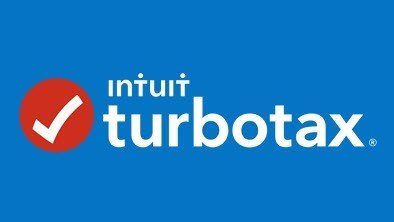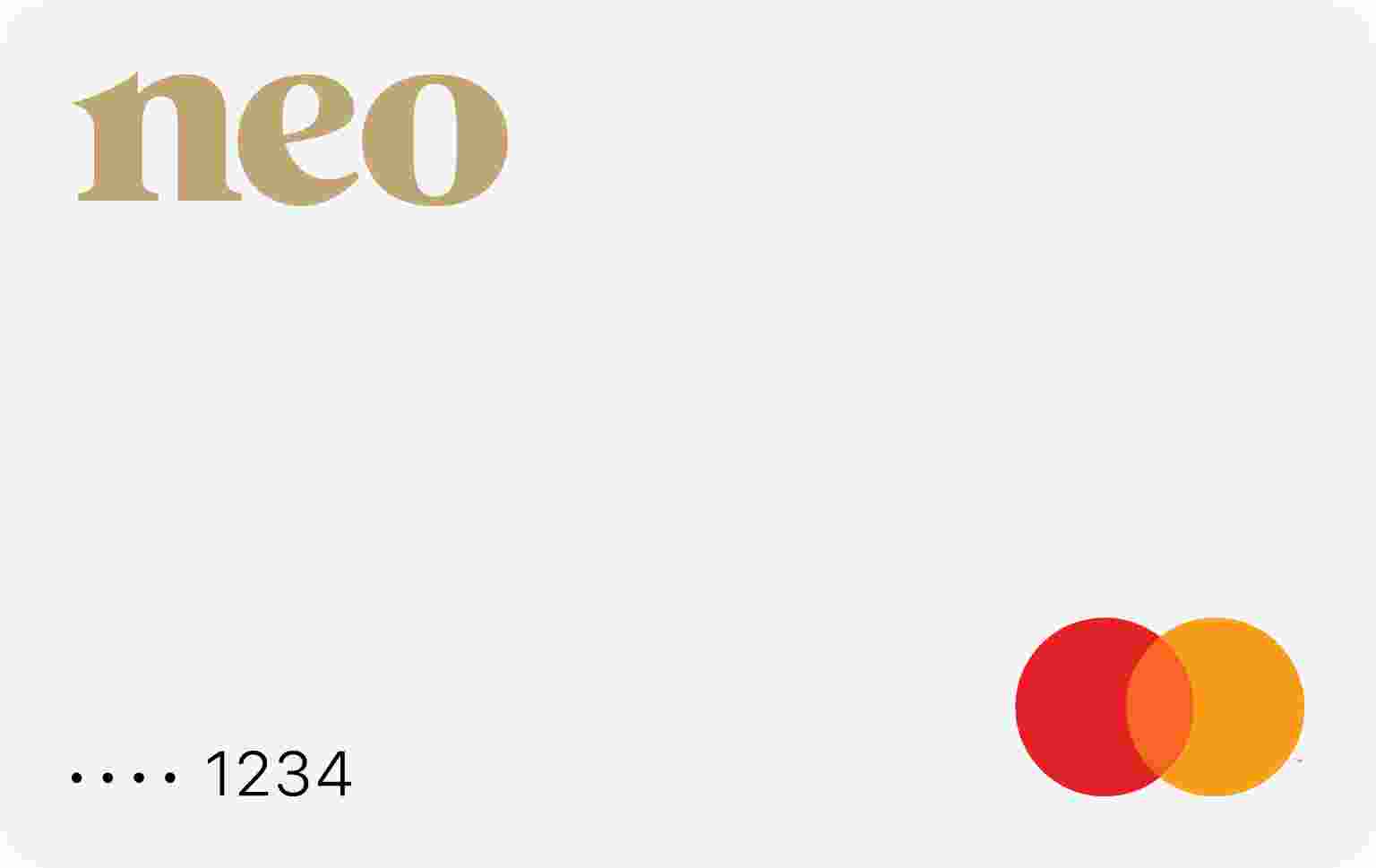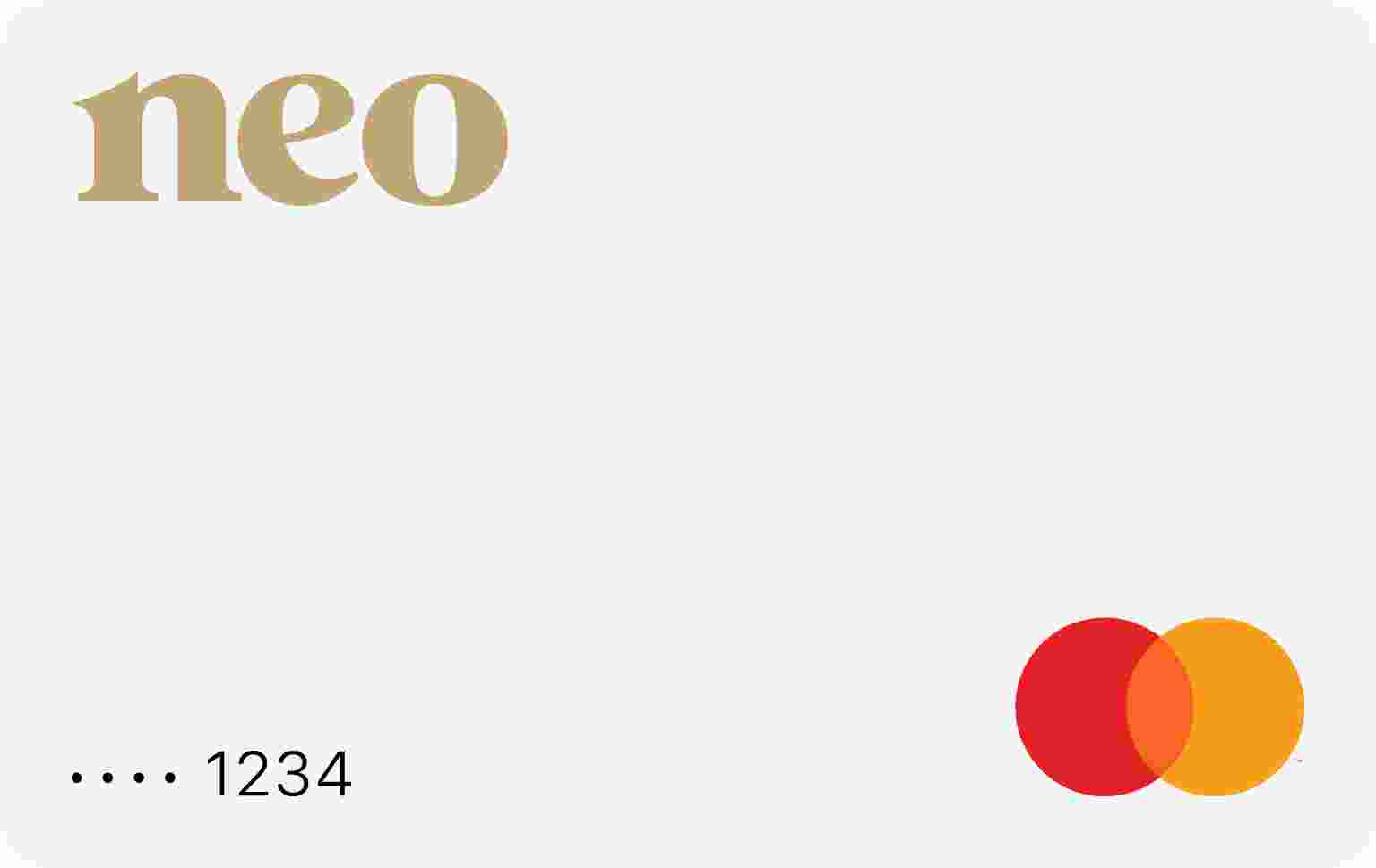Capital Gains Tax Canada: What you need to know
A capital gain arises when the value of your investment on the market or selling price is greater than the original price you paid. Whenever you earn a capital gain it’s wonderful! However, the downside is you’re required to pay taxes on capital gains. You can learn more about what a capital gain is and how taxation works below.
What is a Capital Gain?
Generally speaking, a capital gain is the increase in value of an investment, such as stocks, real estate or shares. When your investment’s value increases, you are required to pay tax on it, but more on that later.
A capital gain can be either realized or unrealized. A realized capital gain occurs when you sell an investment and the selling price is greater than the original price. An unrealized capital gain occurs when the market value of an investment is greater than the original price, but you still hold the investment. You’re only required to pay tax when your capital gain is realized or, in other words, you sold it.
A capital loss is also possible. This is when the sale or market price is less than the original price. Capital losses have tax advantages because they can be used to offset the tax effect of capital gains.
What is Capital Gain Tax?
As mentioned, you’re required to pay tax on realized capital gains. Unfortunately, there isn’t a specific tax rate for capital gains. Instead, when you incur a capital gain in Canada, 50% of the capital gain is taxable. This amount is included in your income the year you incurred the capital gain.
If you also have a capital loss, you can offset the capital gain amount. A capital loss cannot be deducted unless there is a capital gain to set it off. If you only have a capital loss and no capital gain, don’t worry, you can carry it forward indefinitely or backwards 3 tax years.
Capital Gain Example
Let’s say you purchased CAPG shares for $1,000 three years ago and sold them for $2,000 this year. In order to sell the shares, you incurred a $50 fee. You also purchased CAPL shares a year ago for $1,000 and sold them for $500 this year. You incurred a $20 fee to complete this sale. Your net capital gain would be as follows:
CAPG Shares |
|
| Selling Price | $2,000 |
| Original Price | $1,000 |
| Selling Fee | -$50 |
| Capital Gain | $950 |
| Taxable Capital Gain (50%) | $475 |
CAPL Shares |
|
| Selling Price | $500 |
| Original Price | $1,000 |
| Selling Fee | -$20 |
| Capital Loss | -$520 |
| Taxable Capital Loss (50%) | -$260 |
| Net Taxable Capital Gain ($475 – $260) | $215 |
As you can see in the above table, your net capital gain would be $215. You would be required to include this amount in your taxable income. The amount of tax you pay depends on your tax bracket.
Documents for Taxation
When it comes to taxation, it’s always good practice to keep documentation proving the amount of money you paid and the amount of money you earned in relation to your investments. If the CRA questions or audits your capital gains or losses, you’ll have proof handy.






